Carbon fiber has always been a favorite material for many supercars. This fiber with a carbon content of more than 95% is lighter than aluminum alloy materials, but stronger than steel. It can maximize the speed and performance of cars. Today, this technology is also used in subways.

▲ Ferrari 488 Pista with carbon fiber body. Picture from: wheelsage
According to Guangzhou release report , “Next Generation Carbon Fiber Metro Train” has recently been launched on Guangzhou Metro No. 8 Line completion of nearly two monthsOperation, and the first actual measurement on the operating line.
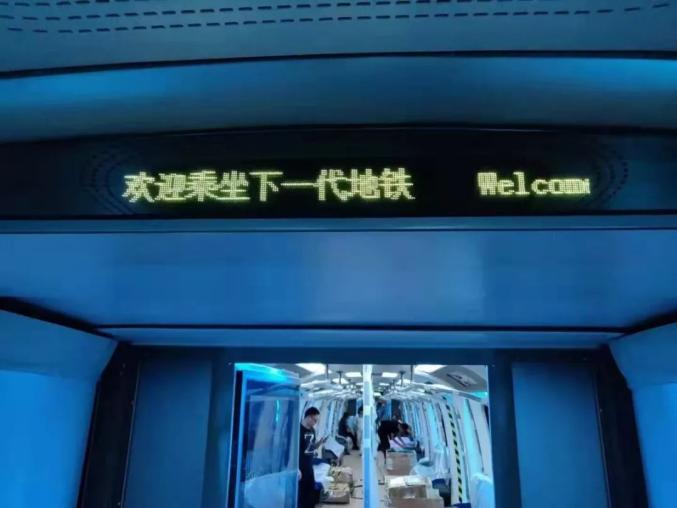
▲ Photo from: Guangzhou release
It is said that this new generation of subway is called “future subway”. As the name implies, it uses many advanced black technologies. The most important of these is the body made of carbon fiber materials. In addition, there are silicon carbide inverters, New technologies and materials such as permanent magnet traction motor, full active suspension and new sound insulation and noise reduction.
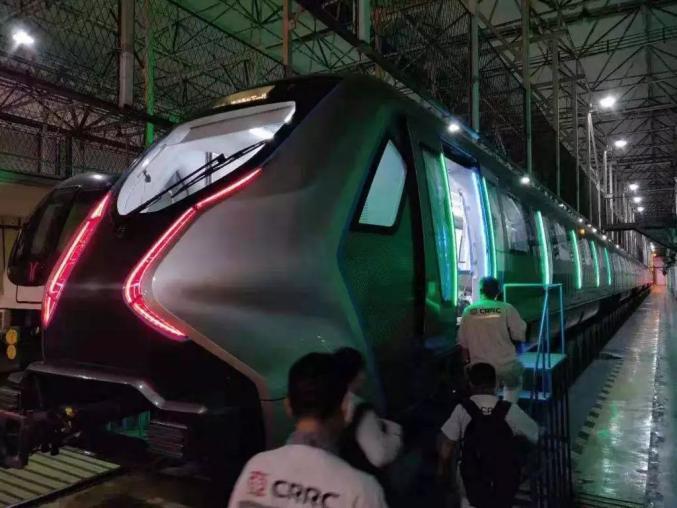
▲ Photo from: Guangzhou release
Actually, this is not the first appearance of a carbon fiber subway. In June this year, a carbon fiber subway of the same model was tested in Qingdao Qingdao . This carbon fiber was developed by CRRC Qingdao Sifang Locomotive & Rolling Stock Co., Ltd. in conjunction with Guangzhou Metro and other institutions after 4 years of development. It is the world’s first full carbon fiber composite subway car body.
According to Deputy Chief Engineer of CRRC Sifang Co., Ltd. Ding Sanshen , Carbon Fiber In addition to the body of the subway, carbon fiber composite materials are used in the bogie frame, the driver’s cab, the equipment compartment and the equipment body, which has reduced the weight of the entire vehicle by 13%.
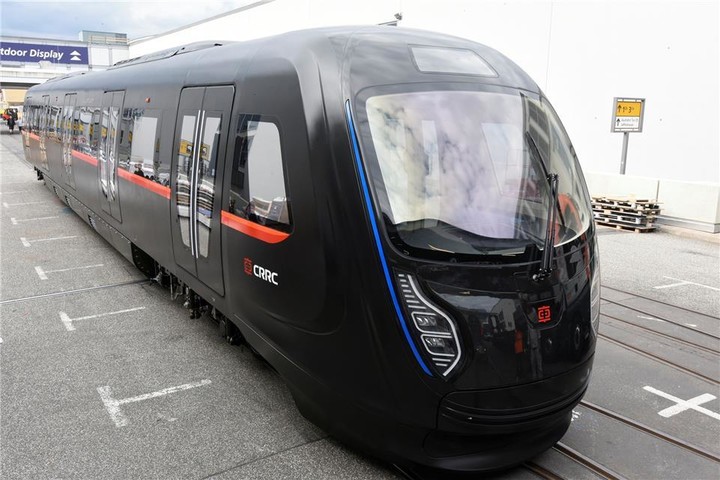
▲ A carbon fiber subway test run in Qingdao. Picture from: Economic Daily Report
A lighter body means that energy consumption can be reduced while maintaining the same speed. At the same time, carbon fiber subways have also greatly improved subway traction efficiency through permanent magnet synchronous motor direct drive technology and silicon carbide converters. Taking into account the specific curve of the subway route, the vehicle is equipped with an active radial system on the bogie to improve the curve passing performance of the subway, which not only increases the running speed, but also reduces wheel wear.
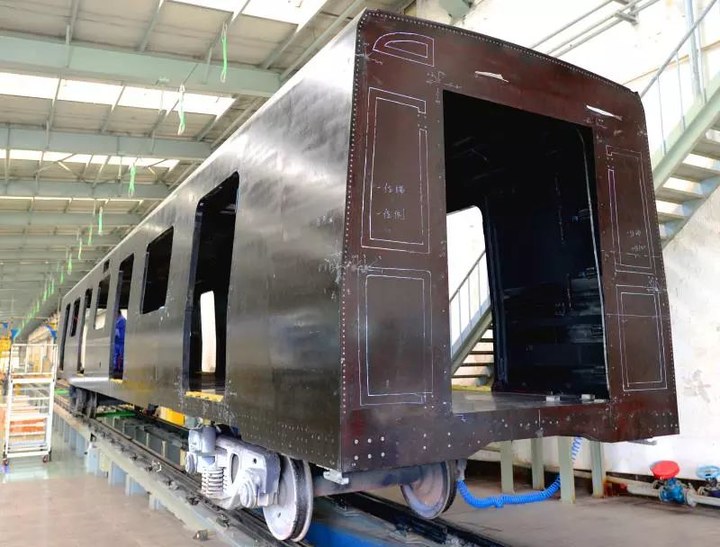
▲ Carbon fiber subway car body. Picture from: Sohu
The “Future subway” recently tested in Guangzhou has a speed of 140 kilometers per hour, which is much faster than the average domestic subway, but the overallThe traditional subway saves 15% of energy. It is worth mentioning that this subway uses fully automatic driving technology, and no manual operation is required during the entire operation.
Because of the characteristics of the carbon fiber material, the durability of the carbon fiber subway is also stronger, and no special anticorrosive treatment is required. It can operate in complex environments such as high temperature and humidity, -40 ° C and cold, and 2500m altitude. Longer life than traditional subways.
However, it may be difficult for ordinary passengers to perceive the above characteristics, but the experience of carbon fiber subways in cars has also been significantly upgraded.
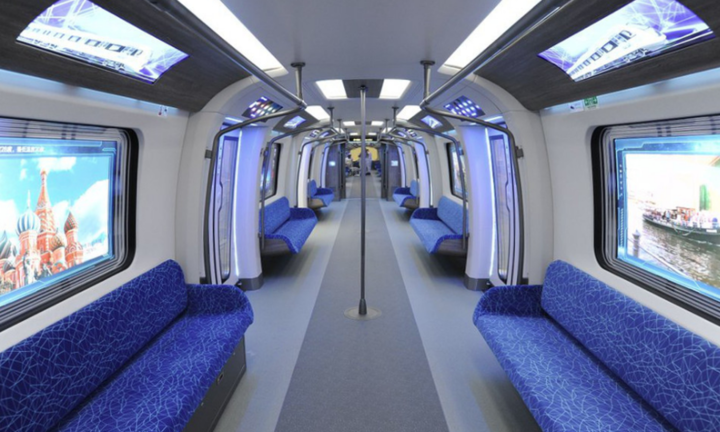
First of all, driving is more stable, because carbon fiber subways use full active suspension technology for the first time. When the system senses vibration, it will adjust the damping of the suspension system in real time, so that the subway is in the best state of vibration reduction.
At the same time, the subway has also improved the noise reduction effect in the carriage. The noise of the carriage is about 68 decibels during operation. Previously, there was a media Noise test on the Shanghai Metro . The noise in the carriage was between 72-85 decibels, followed by The feeling on the main road is almost the same.

▲ Photo from: Guangzhou release
The carbon fiber subway has also transformed the window into a large touch screen. Users can watch news, watch videos, and order tickets on this “large iPad”. The temperature and brightness in the compartment can be adjusted automatically according to environmental changes, just like moving a smart home to the subway.
As for when ordinary passengers can get on this “future subway”, it is not clear yet, but with the success of the new generation of carbon fiber subways in Qingdao and Guangzhou, the future may not be too far .
The title picture comes from: Guangzhou release